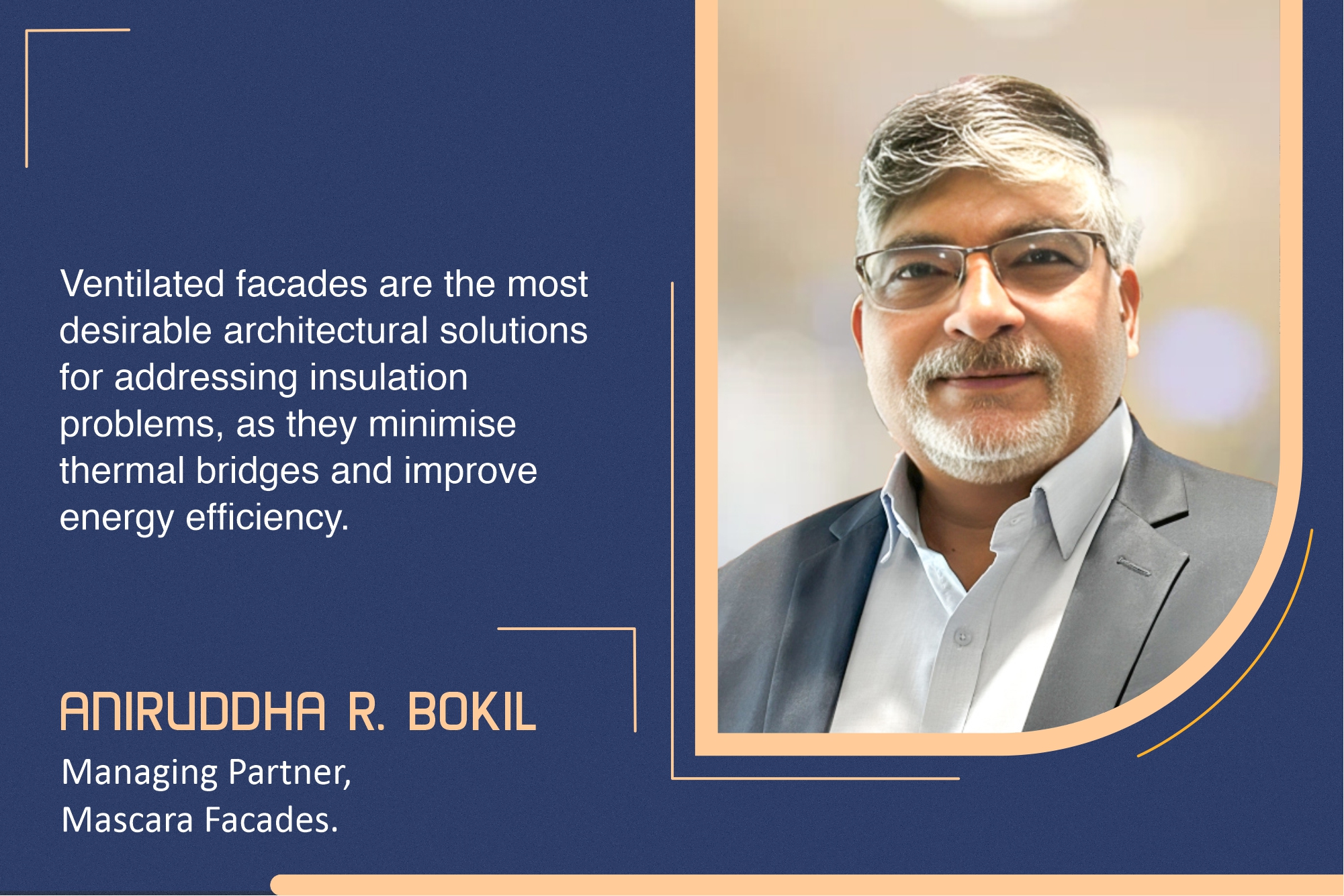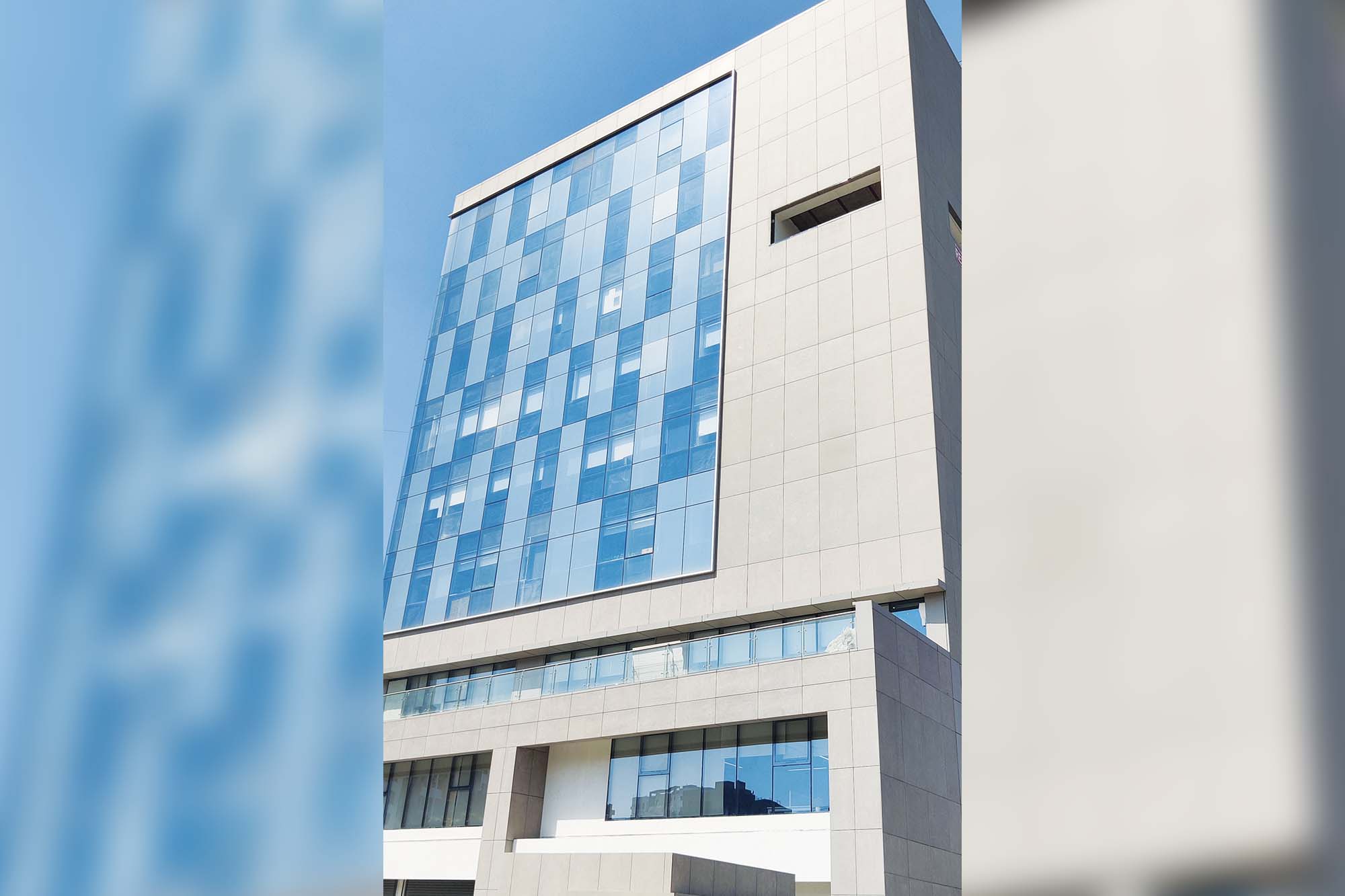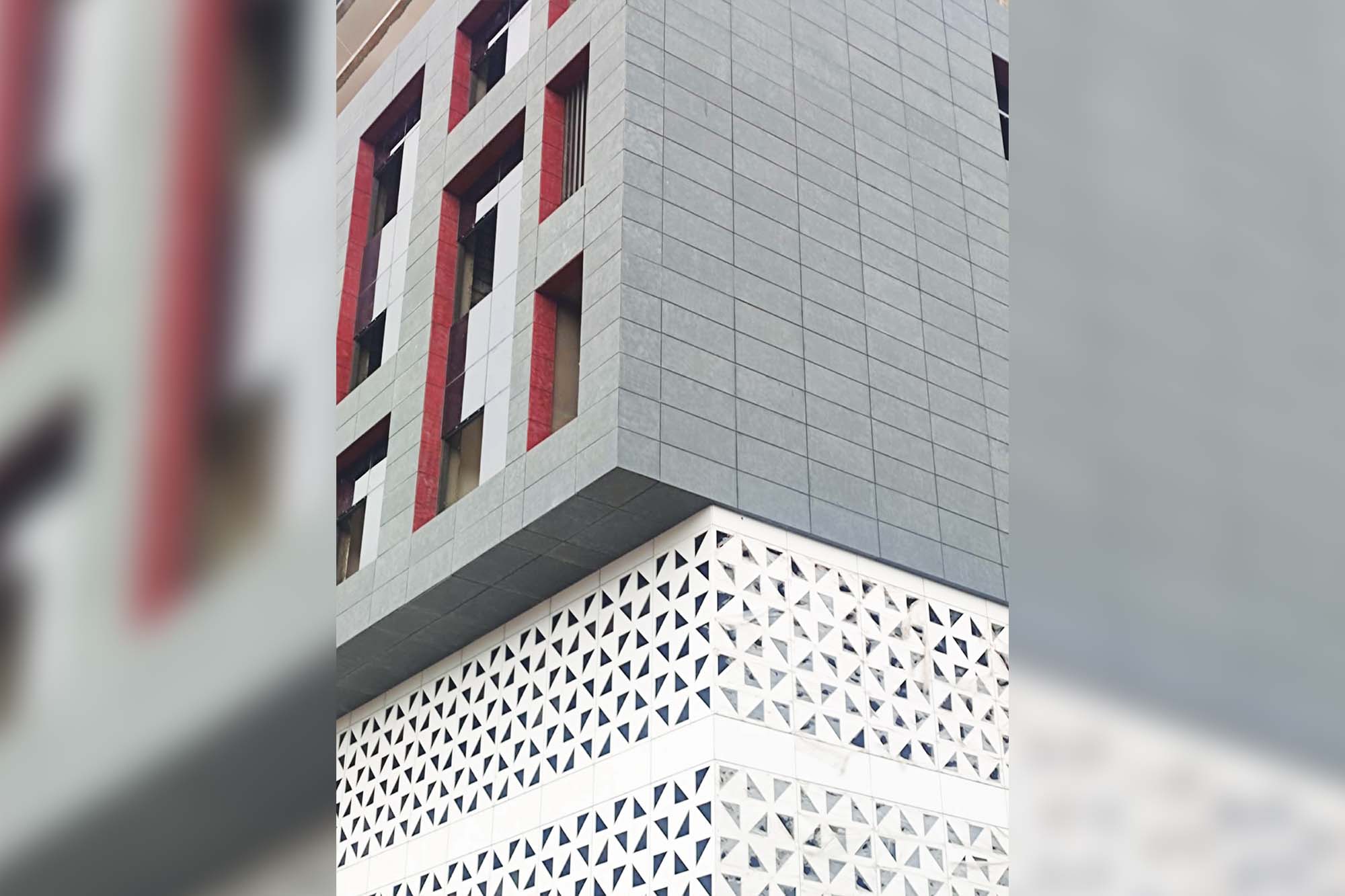Ventilated facades, the need of the hour in tropical regions

Aniruddha Bokil of Mascara Facades provides a comprehensive account of how ventilated facades transform façade function in tropical regions, ensuring visual appeal and occupant comfort. He discusses how these are a superior option for tropical countries like ours.
Originating in Scandinavia, ventilated facades, also known as rainscreen facades in tropical regions, are a suitable option where winters and summers are equally harsh. These were invented to maintain the warmth within the building during winters and vice versa during summers in those regions. But, in tropical areas like ours, they are used as screens to protect the building from direct exposure to rain and reduce the indoor temperature during hot summers.
The horizontal open grooves in these facades, which may seem like architectural components, act as air vents. This arrangement provides natural ventilation in the cavity behind the panels.

Ventilated facades function based on the Stack Effect, a simple law of physics. Warm air moving upwards escapes through the vent below the coping, allowing fresh ambient air to get sucked in through the vents (the horizontal open grooves), giving rise to a steady and consistent airflow in the cavity behind the panels. These facades work by ensuring a drop in thermal bridging by 3 to 4 degrees, which indirectly helps in reducing the load on air conditioners. This airflow also carries with it excess external noise, reducing sound contamination. Since the cavity is always ventilated and kept dry, ventilated facades also help in avoiding the external plaster.
Ventilated façades are easy to maintain, offer complete protection from direct attack of atmospheric agents, enhance building longevity, are aesthetically pleasing, reduce thermal bridging thereby helping in power savings, decrease sound contamination, and reduce the need for external plastering, making them a cost-effective and intelligent choice for tropical countries.

Materials that can withstand harsh atmospheric agents, are light in weight, resistant to microbial growth, eco-friendly and recyclable, and have an easy mechanical fixing detail are the most suitable for the manufacture of ventilated facades. These include aluminium/zinc composite panels with an open groove fixing detail (ACP/ZCP), high-density fibre cement (HDF cement), exterior grade high-pressure laminates (HPL), metals including aluminium/stainless steel 202/304/316/copper/Corten steel), and dense and hard natural stone slabs.
While ventilated facades are gaining momentum, studies worldwide can help develop better material alternatives.
For more details, visit: https://www.mascarafacades.com/
Cookie Consent
We use cookies to personalize your experience. By continuing to visit this website you agree to our Terms & Conditions, Privacy Policy and Cookie Policy.










